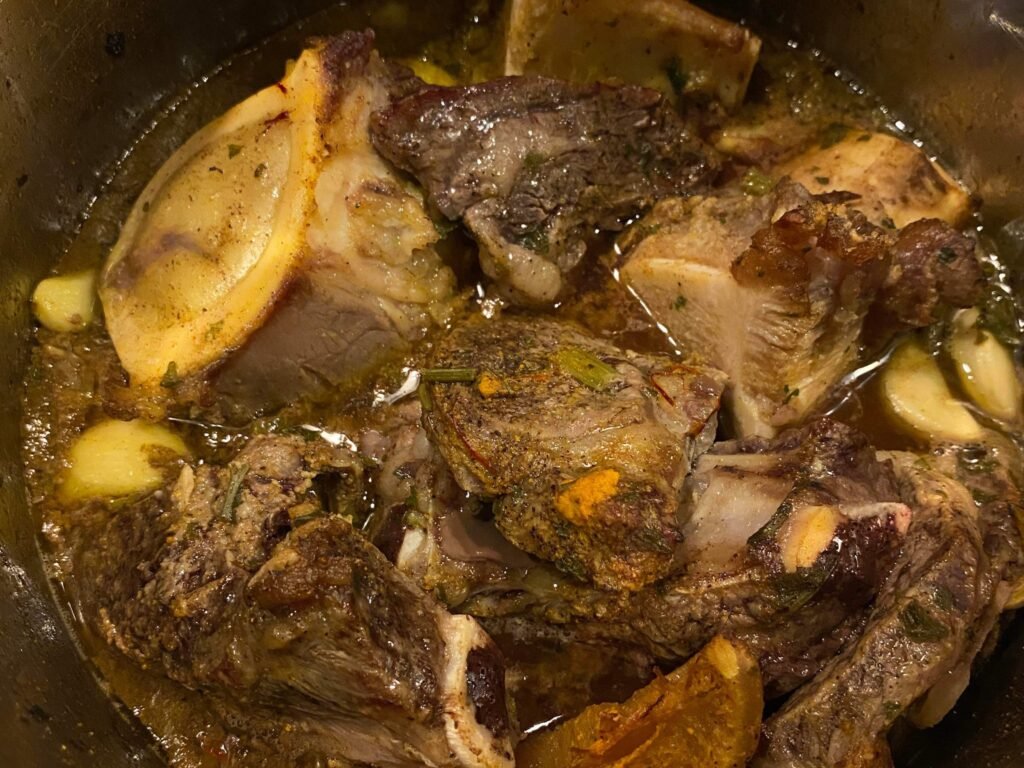No products in the cart.
Traditional Moroccan Food
Step into the exotic world of traditional Moroccan food and prepare to tantalize your taste buds with a symphony of flavors. Bursting with aromatic spices, colorful ingredients, and rich textures, Moroccan cuisine is a feast for both the eyes and the palate. From fragrant tagines simmering with tender meat or vegetables to fluffy couscous drenched in flavorful broth, every dish tells a story of centuries-old traditions and cultural influences.
History and Cultural Significance of Moroccan Cuisine
Moroccan cuisine is a reflection of the country’s rich history and diverse cultural influences. The roots of Moroccan food can be traced back to the indigenous Berber people, who have inhabited the region for thousands of years. Over time, the cuisine has evolved and absorbed influences from Arab, Andalusian, Mediterranean, and African cultures.
One of the defining characteristics of Moroccan cuisine is its use of bold and aromatic spices. The trade routes that crisscrossed Morocco brought an array of exotic spices like saffron, cumin, cinnamon, and ginger, which are now synonymous with Moroccan cooking. These spices not only add depth and complexity to the dishes but also contribute to the vibrant colors and enticing aromas that are characteristic of Moroccan cuisine.
Moroccan food is more than just sustenance; it is a way of life. The act of preparing and sharing meals is deeply ingrained in Moroccan culture and is often seen as a symbol of hospitality and togetherness. Traditional Moroccan meals are typically enjoyed with family and friends, with communal dishes placed in the center of the table for everyone to share.
Key Ingredients and Flavors in Moroccan Dishes
Moroccan cuisine is known for its bold and complex flavors, and the key to achieving these flavors lies in the use of a few essential ingredients. One of the most important ingredients in Moroccan cooking is the humble olive. Morocco is one of the largest producers of olives in the world, and olives and olive oil are used abundantly in Moroccan dishes. The tangy and briny flavor of olives adds a unique dimension to dishes like tagines and salads.
Another essential ingredient in Moroccan cuisine is preserved lemons. These lemons are preserved in a mixture of salt and lemon juice, giving them a tangy and slightly sweet flavor. Preserved lemons are commonly used in tagines, stews, and salads, adding a bright and citrusy taste to the dishes.
Couscous, a staple in Moroccan cuisine, is made from semolina wheat and is often served as a base for stews and tagines. It has a light and fluffy texture and acts as a perfect canvas for soaking up the flavors of the accompanying dishes. Moroccan cuisine also makes use of a variety of fresh herbs like cilantro, parsley, and mint, which add freshness and brightness to the dishes.
Popular Traditional Moroccan Dishes
Moroccan cuisine is renowned for its diverse array of flavorful dishes. One of the most iconic Moroccan dishes is the tagine. Named after the conical clay pot in which it is cooked, a tagine is a slow-cooked stew made with meat, vegetables, and an array of spices. The long, slow cooking process allows the flavors to meld together, resulting in a dish that is tender, aromatic, and full of depth.
Another beloved Moroccan dish is couscous. This versatile grain is often served with a variety of vegetables, meats, and sauces. It can be served as a main course or as a side dish, and its fluffy texture and ability to absorb flavors make it a crowd-pleaser.
For those who prefer street food, Moroccan cuisine offers a plethora of options. From the spicy and flavorful merguez sausages grilled to perfection to the crispy and savory Moroccan pancakes known as msemen, the street food scene in Morocco is a delight for the senses. These street food staples are often enjoyed on the go, with locals and tourists alike flocking to bustling markets and food stalls to savor these delectable treats.
Traditional Moroccan Cooking Techniques
Moroccan cuisine is characterized by a variety of cooking techniques that contribute to the unique flavors and textures of the dishes. One of the most common techniques is slow cooking, which allows the flavors to develop and intensify over time. This is particularly evident in dishes like tagines, where the ingredients are simmered slowly over low heat, resulting in tender and flavorful meat or vegetables.
Grilling is another popular cooking technique in Moroccan cuisine. Whether it’s succulent kebabs, juicy seafood, or charred vegetables, grilling adds a smoky and caramelized flavor to the dishes. The use of charcoal grills adds an additional layer of depth to the flavors, giving the food a distinct smokiness that is characteristic of Moroccan cuisine.
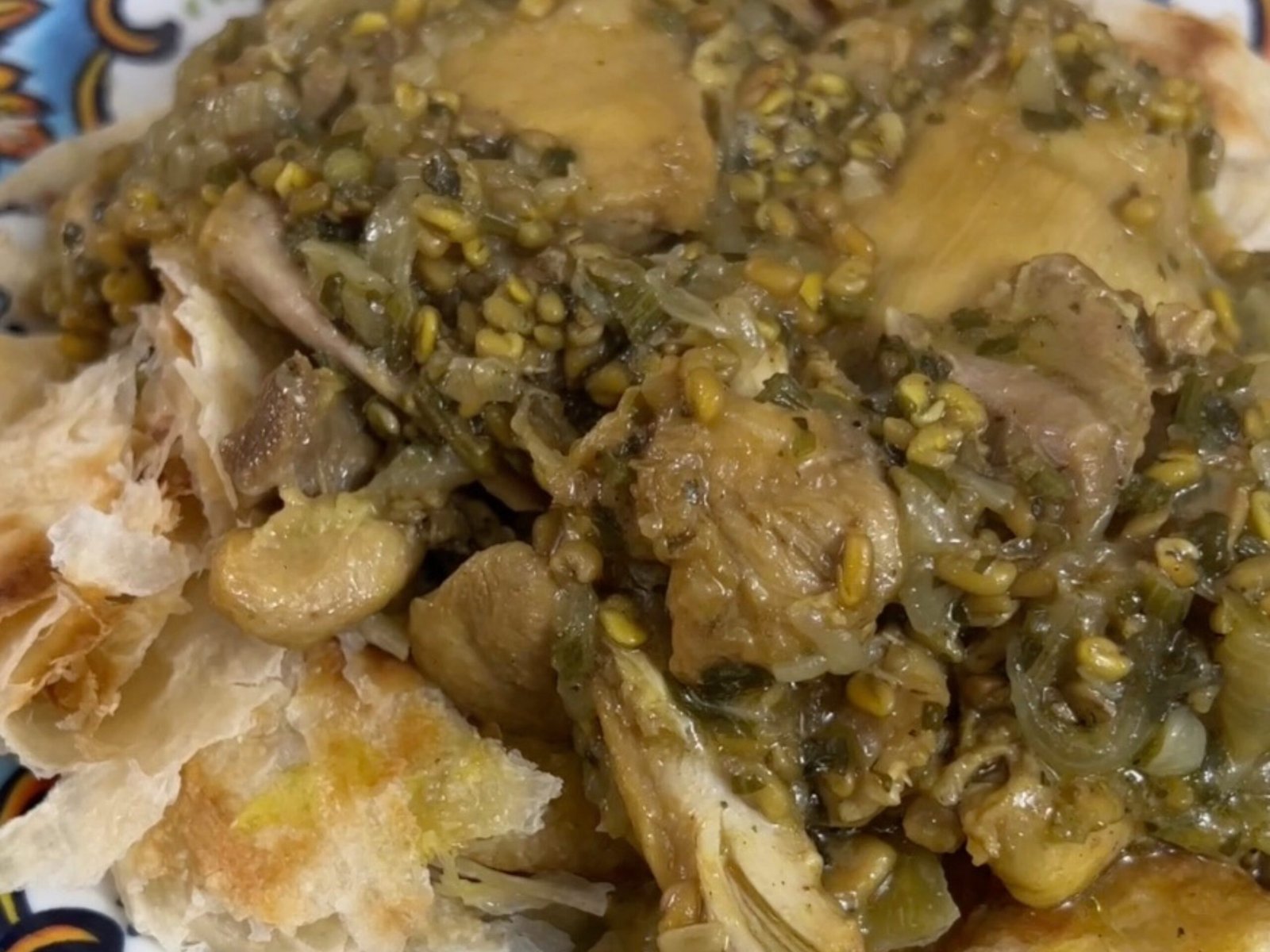
Moroccan Spices and Their Uses in Cooking
Moroccan cuisine is renowned for its use of spices, which play a crucial role in creating the distinctive flavors of the dishes. Some of the most commonly used spices in Moroccan cooking include saffron, cumin, cinnamon, ginger, turmeric, and paprika. These spices are often used in combination to create complex and harmonious flavor profiles.
Saffron, known as the “red gold,” is one of the most expensive and prized spices in the world. It adds a vibrant yellow color and a subtle floral flavor to dishes like tagines and rice dishes. Cumin, on the other hand, lends a warm and earthy taste to Moroccan dishes, while cinnamon adds a sweet and aromatic note.
The combination of spices varies depending on the dish and the region of Morocco. In the north, dishes are often spiced with a blend of cinnamon, ginger, and black pepper, while in the south, the flavors are bolder and more intense, with the addition of spices like cumin, coriander, and chili.
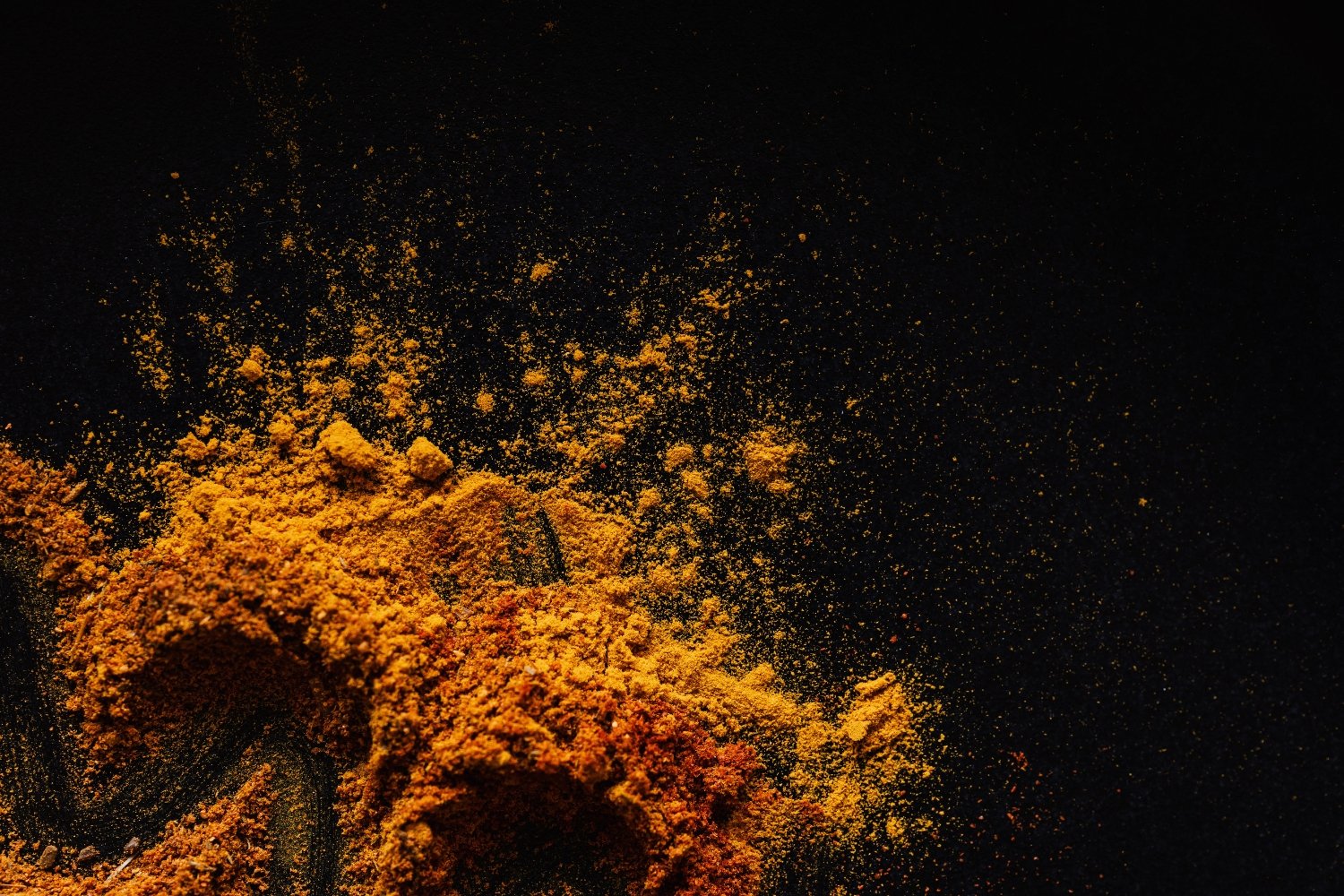
Regional Variations in Moroccan Cuisine
Morocco is a country of diverse landscapes and cultural influences, and this diversity is reflected in its cuisine. Each region of Morocco has its own unique culinary traditions and flavors, influenced by factors such as geography, climate, and cultural heritage.
In the coastal regions, seafood takes center stage. From grilled sardines to seafood tagines, the coastal cuisine of Morocco is a celebration of the bounties of the sea. The flavors are bright and fresh, with the tangy and briny taste of the ocean shining through.
Inland regions like the Atlas Mountains are known for hearty and warming dishes. The harsh climate and rugged terrain have shaped the cuisine, with dishes like hearty stews, slow-cooked meats, and robust flavors taking center stage.
The desert regions of Morocco are characterized by simple yet flavorful dishes. The cuisine is influenced by the nomadic lifestyle, with ingredients like dates, almonds, and camel meat featuring prominently. The flavors are earthy and aromatic, with spices like cumin, coriander, and cardamom adding depth and complexity.
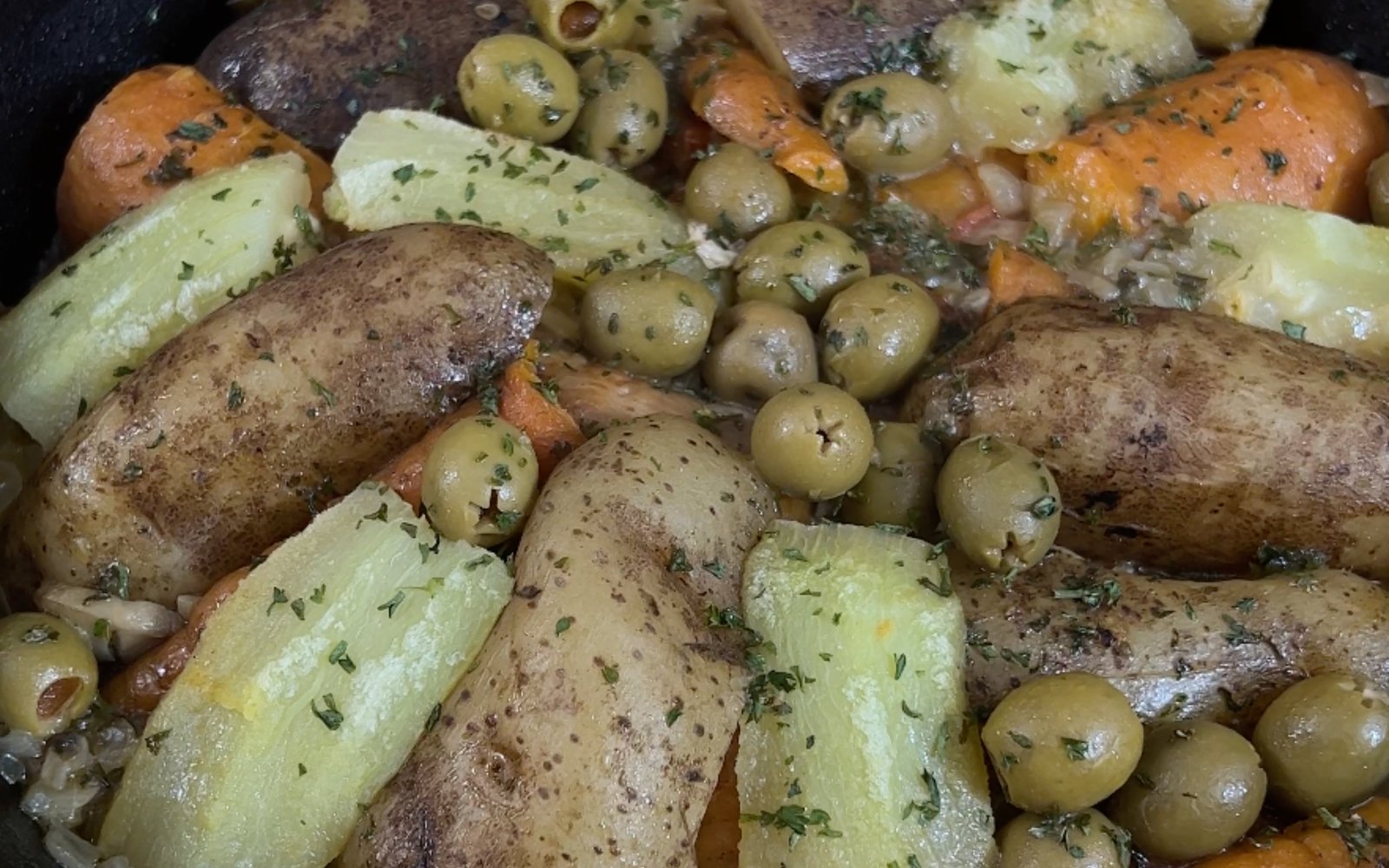
Moroccan Street Food and Snacks
The vibrant streets of Morocco come alive with the sights, sounds, and smells of street food. From the bustling markets of Marrakech to the coastal towns of Essaouira, the street food scene in Morocco is a gastronomic adventure.
One of the most popular street food snacks in Morocco is the savory pancake known as msemen. Made from a dough that is folded and stretched multiple times, msemen is then cooked on a griddle until crisp and golden. It is often served with honey, cheese, or a combination of both, making it a delicious and satisfying snack.
Another street food favorite is the traditional Moroccan sandwich known as a bocadillo. This hearty sandwich is filled with a variety of fillings, including grilled meats, vegetables, and sauces. It is often enjoyed on the go, making it the perfect quick and tasty meal for those exploring the streets of Morocco.
Traditional Moroccan Desserts and Beverages
No meal in Morocco is complete without indulging in the country’s delectable desserts and refreshing beverages. Moroccan desserts are a sweet tooth’s paradise, with a variety of pastries, cakes, and cookies to tempt your taste buds.
One of the most famous Moroccan desserts is the rich and decadent pastilla, also known as bastilla. This sweet and savory pastry is made with layers of delicate phyllo dough, spiced chicken or pigeon, and a dusting of powdered sugar and cinnamon. The combination of flavors and textures in this dessert is a true delight for the senses.
Moroccan cuisine also offers a variety of refreshing beverages to cleanse the palate. Mint tea, or “atai,” is a staple in Moroccan households and is often served with fresh mint leaves and a generous amount of sugar. This fragrant and soothing tea is a symbol of Moroccan hospitality and is enjoyed throughout the day.
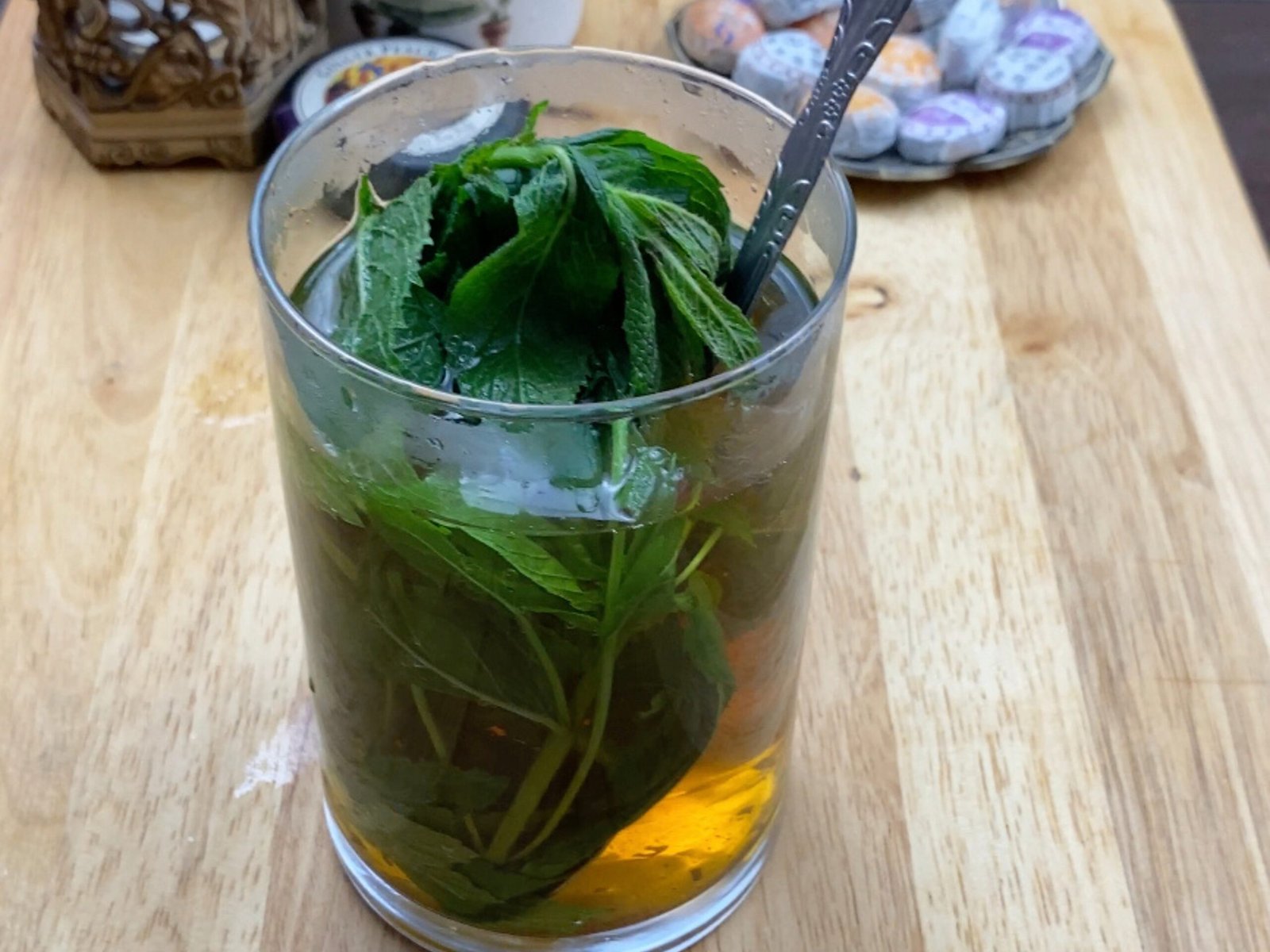
Conclusion and Recommendations for Trying Traditional Moroccan Food
Traditional Moroccan food is a culinary adventure that will transport you to the vibrant streets of Morocco. From the aromatic tagines to the flavorful couscous, every dish is a celebration of centuries-old traditions and cultural influences. The use of exotic spices, fresh ingredients, and unique cooking techniques creates a symphony of flavors that will leave a lasting impression on your taste buds.
If you’re looking to experience traditional Moroccan food, there are plenty of options available. Moroccan restaurants and cafes can be found in major cities around the world, offering an opportunity to savor the flavors of Morocco without leaving your hometown. Alternatively, you can try your hand at cooking Moroccan dishes at home, using readily available ingredients and authentic recipes.
Whichever path you choose, be prepared to embark on a delicious adventure as you uncover the secrets and flavors of traditional Moroccan cuisine. Whether you’re a food aficionado seeking to broaden your culinary horizons or simply someone who appreciates a good meal, traditional Moroccan food is sure to leave a lasting impression. So, brace yourself for a mouthwatering journey through the vibrant streets of Morocco and indulge in the enchanting world of Moroccan cuisine.

